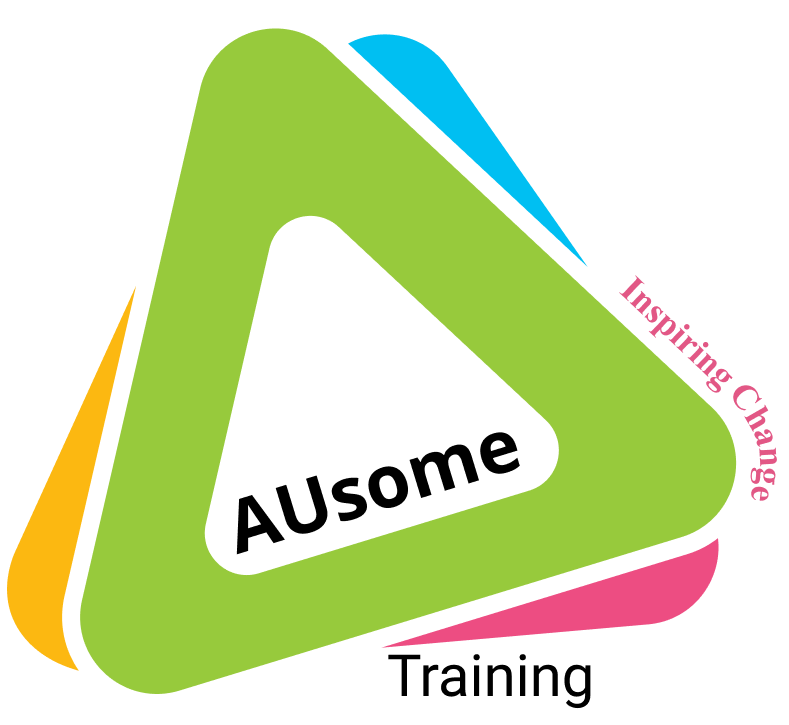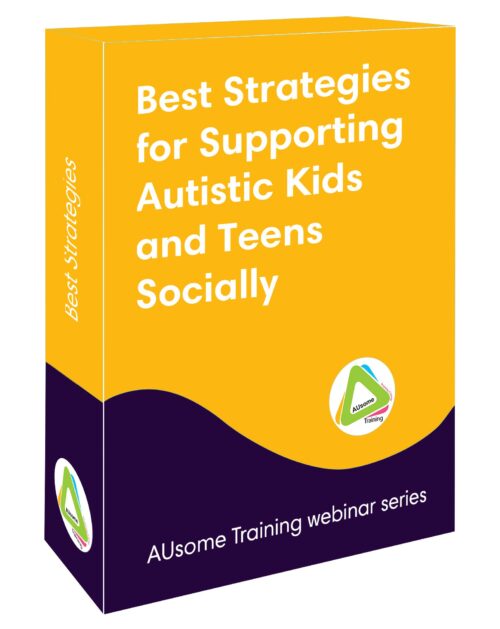with MAQQI, Subject Matter Expert at AUsome Training
duration 2h 30m | for parents, educators and therapists for younger Autistics
All too often the play of Autistic children is defined as inappropriate or, worse, as dysfunctional.
In this fresh, empowering discussion of the ways Autistics play, MAQQI upends that narrative showing Autistic kids as curious, creative, smart and very capable… and in the process provides those caring for and working with them the insights to appreciate and engage in new ways.
What emerges is a picture of smart, adaptive, functional human minds at work in a context of chronic adversity that describes and explains, but also points to opportunities for caregivers and educators to leverage this new understanding and better support Autistics in their care.
Once you complete this on-demand course you will receive a certificate of completion. Please ensure you enter your name correctly as the name you enter will appear on your certificate. If using this course for a group training please enter the name of the organisation as only one certificate will be provided. If you require additional certificates please email us and we will provide them to you. Individual certs incur an administrative fee of €5 per cert.








